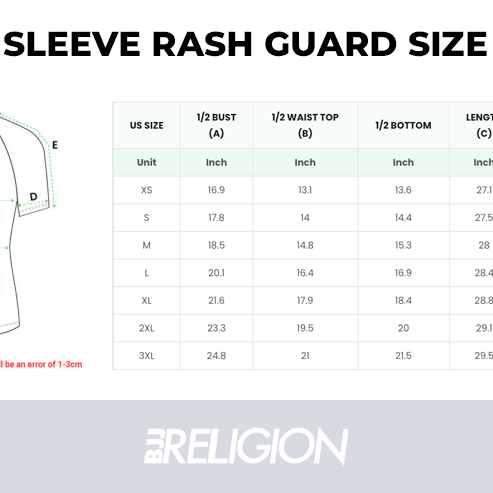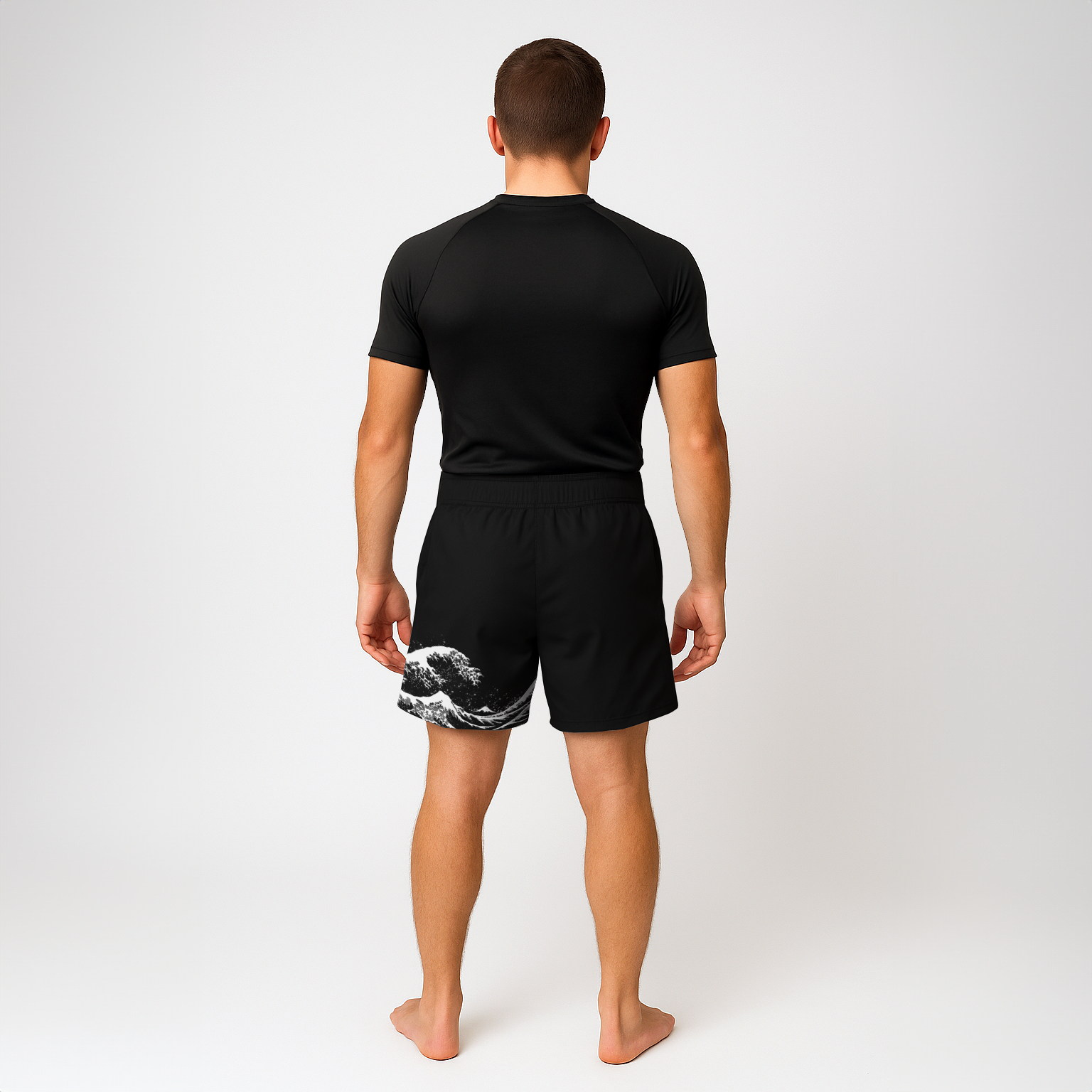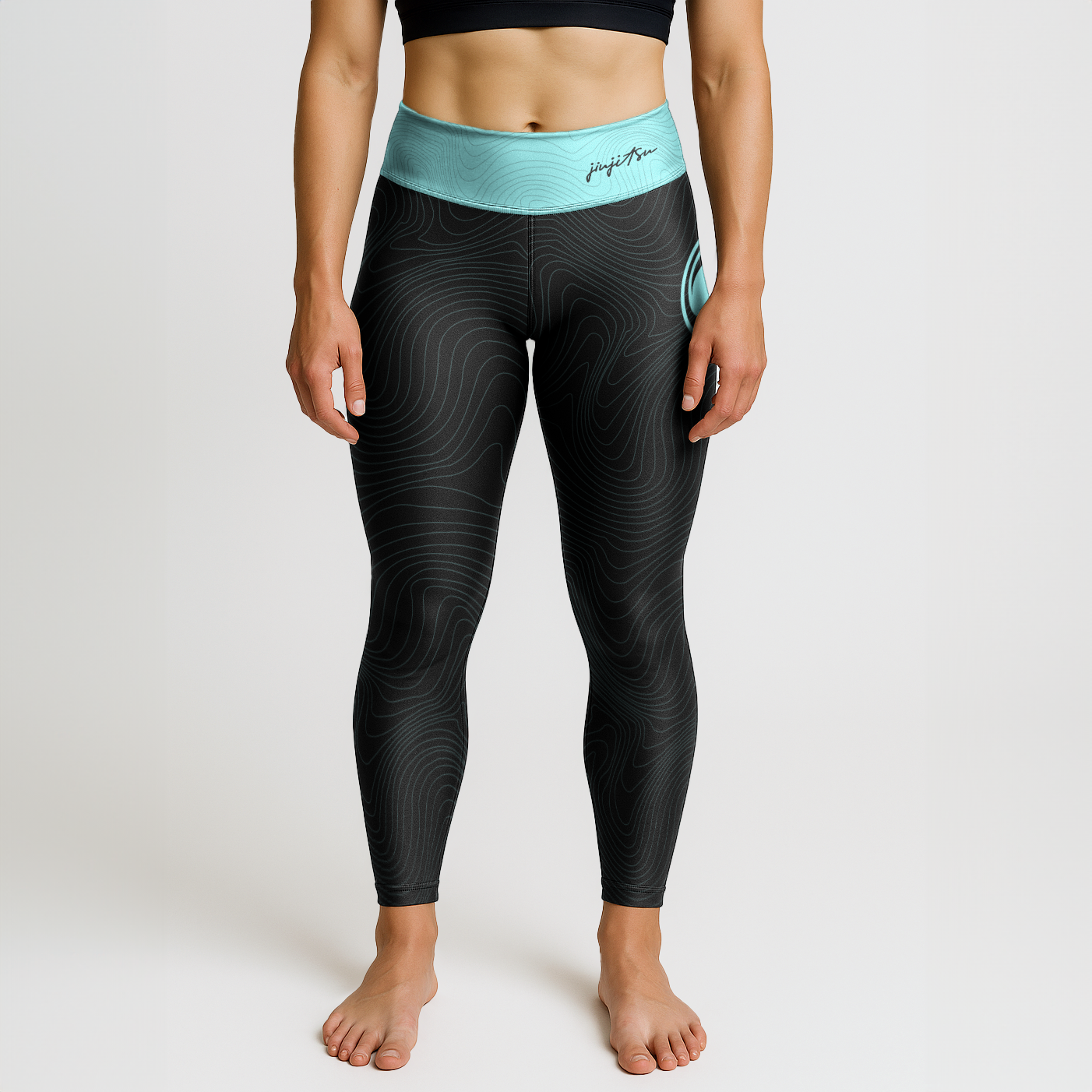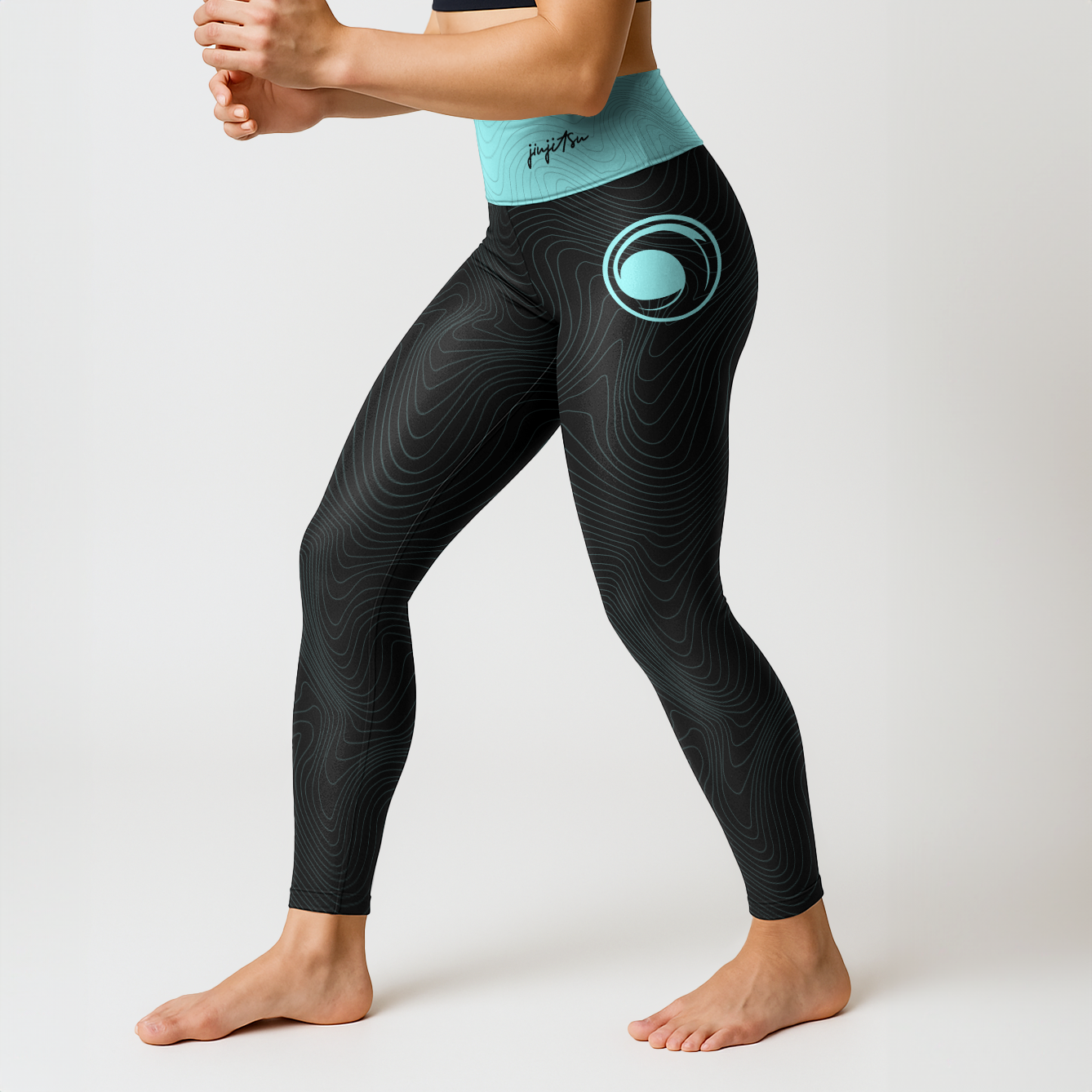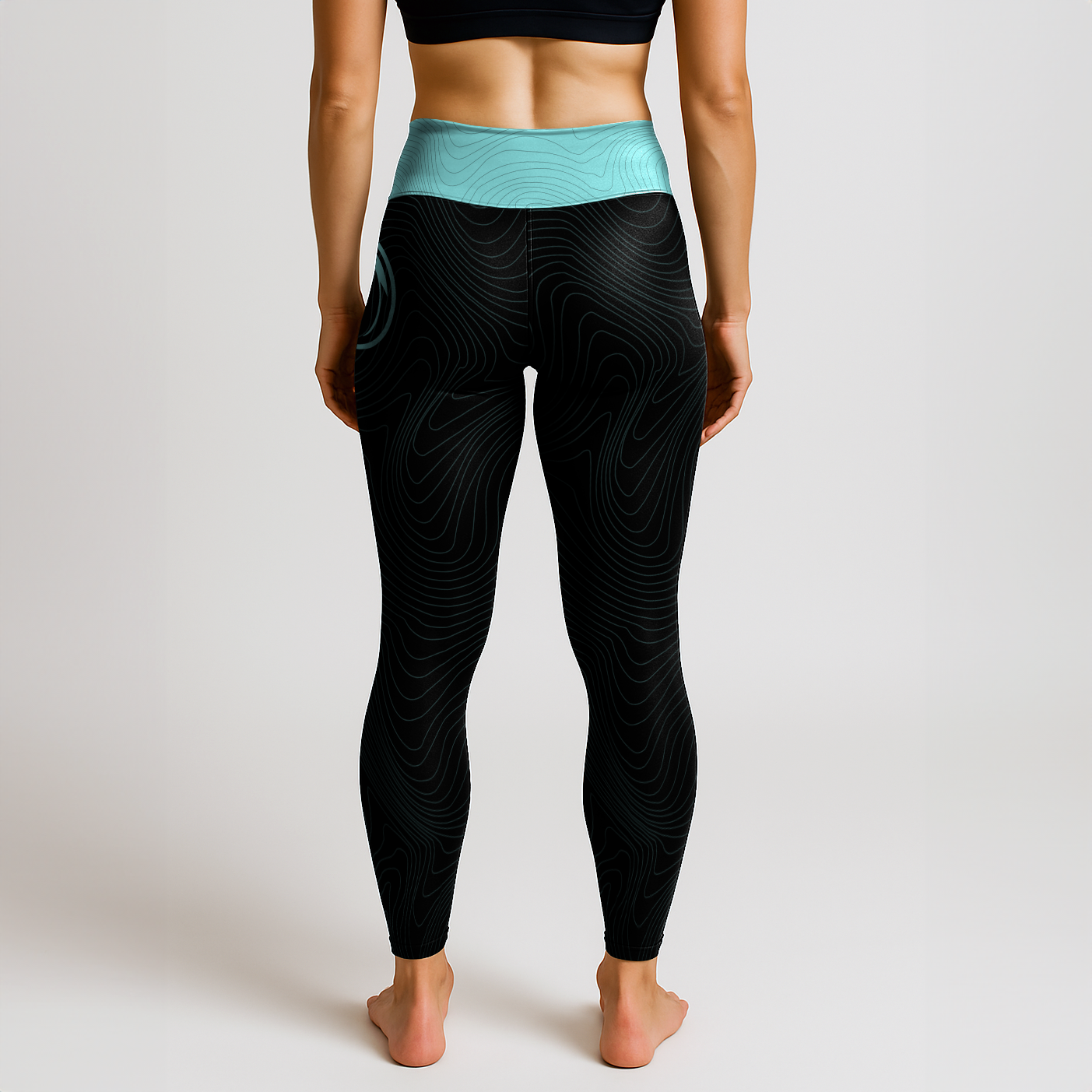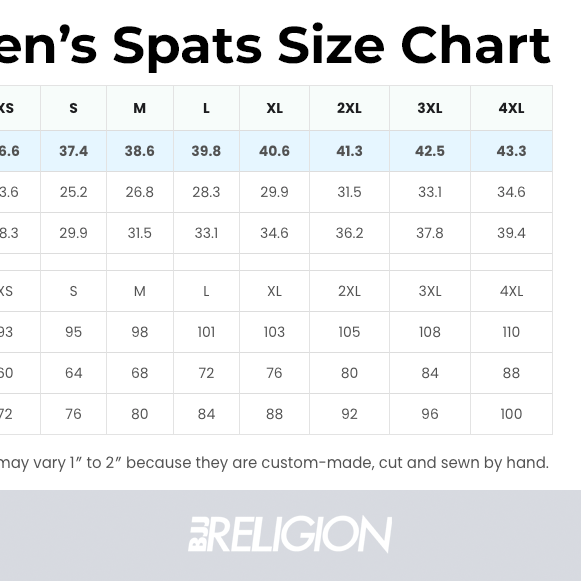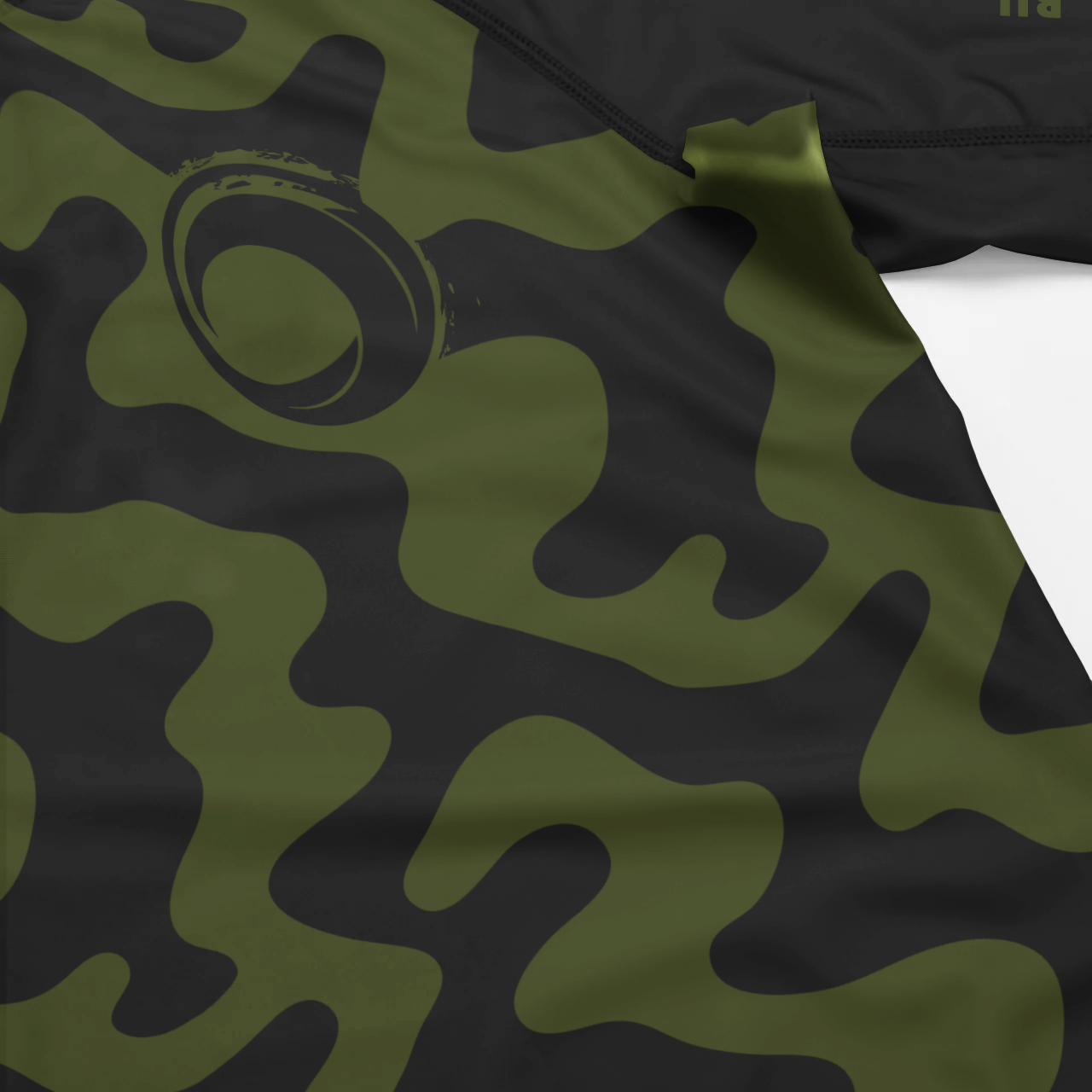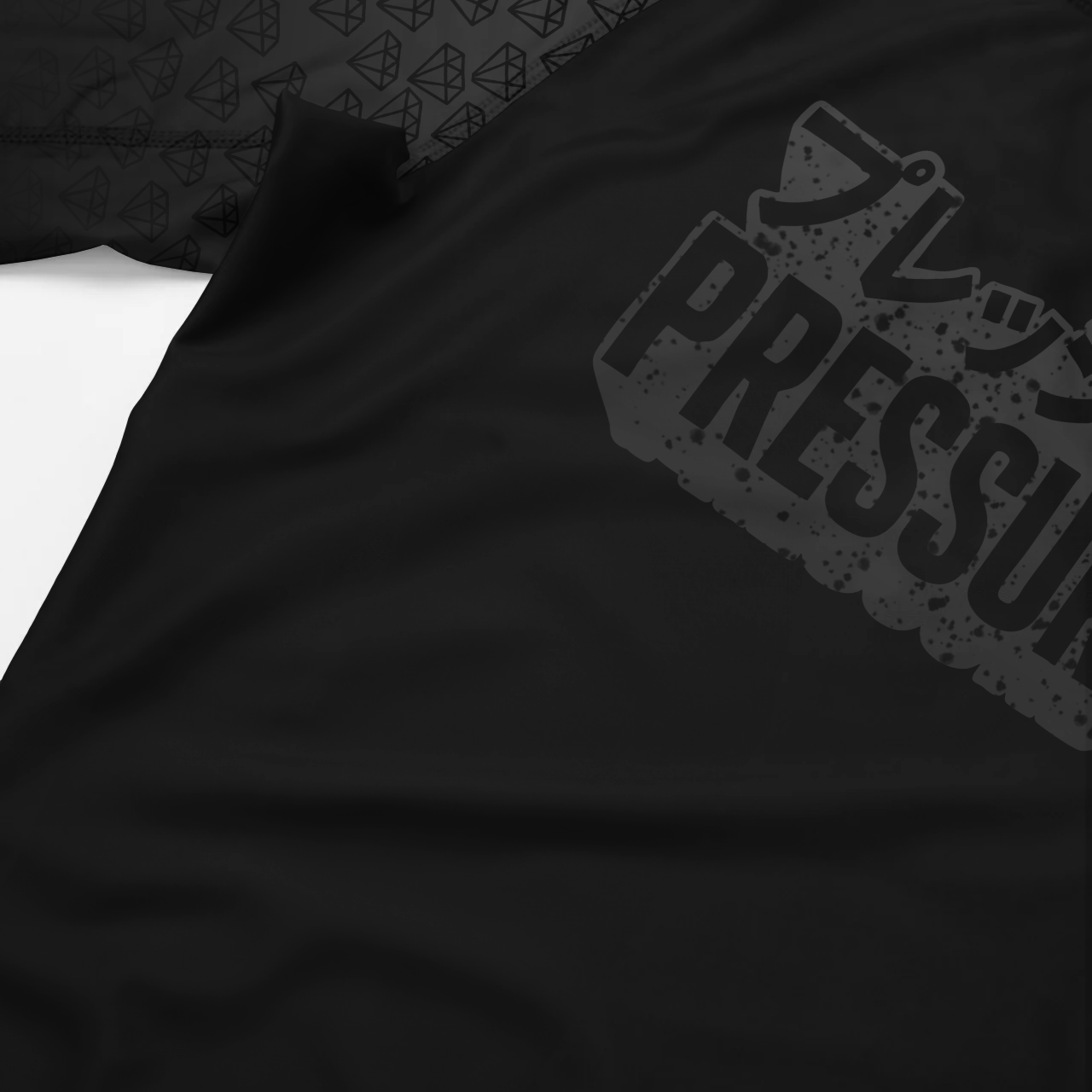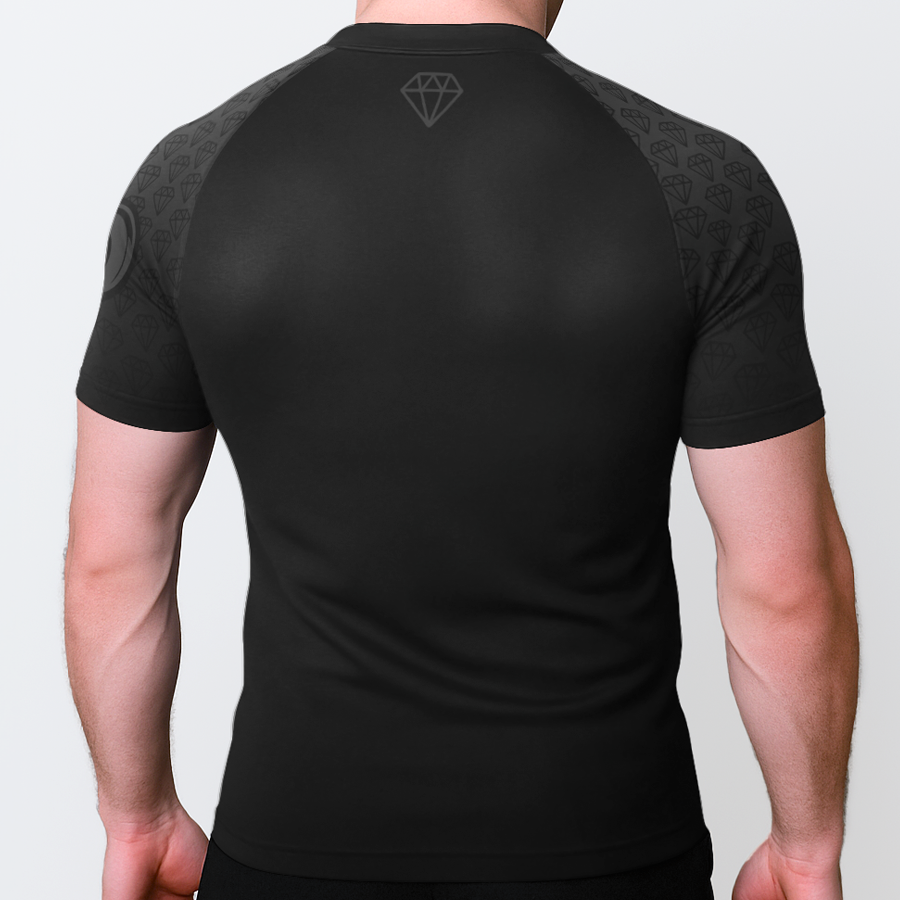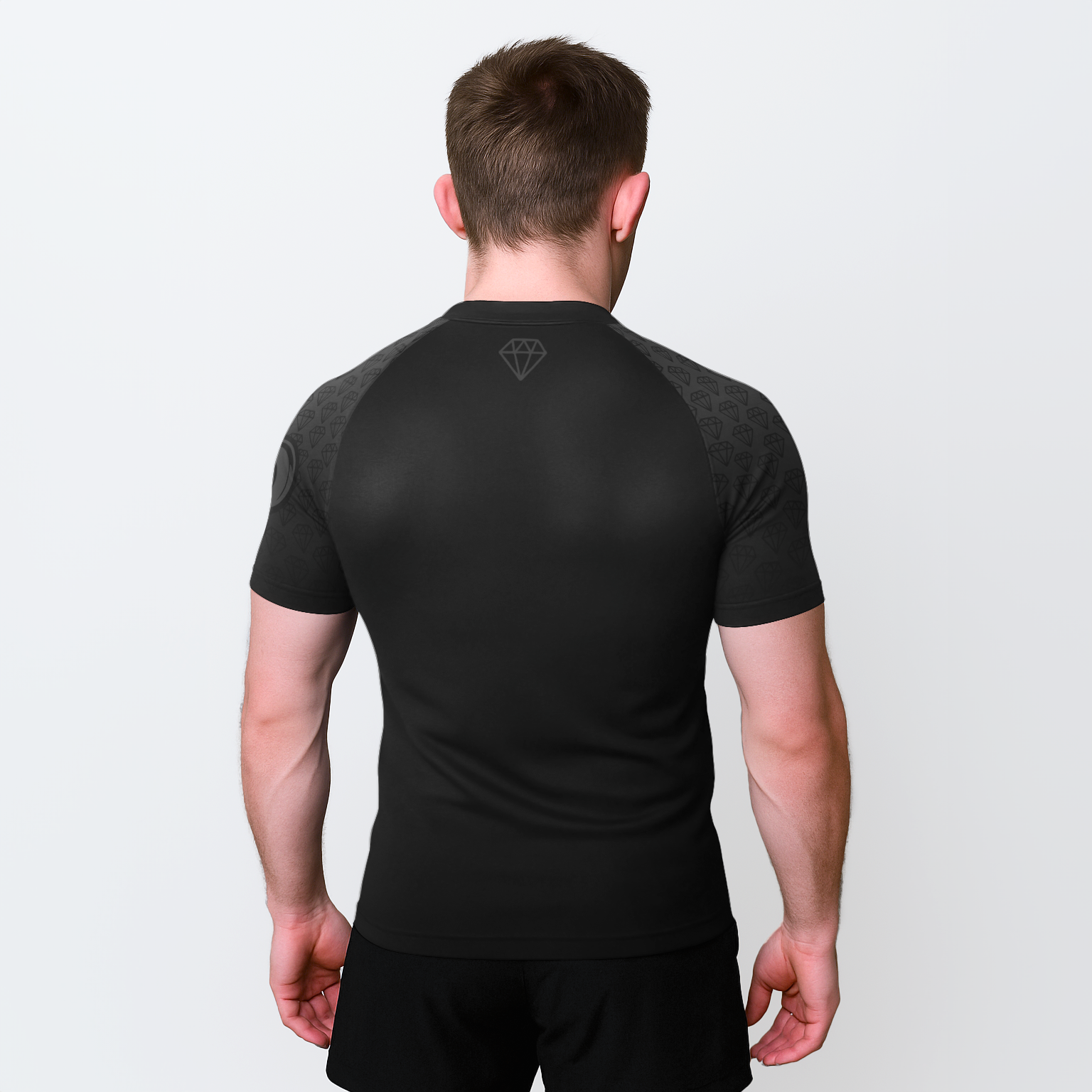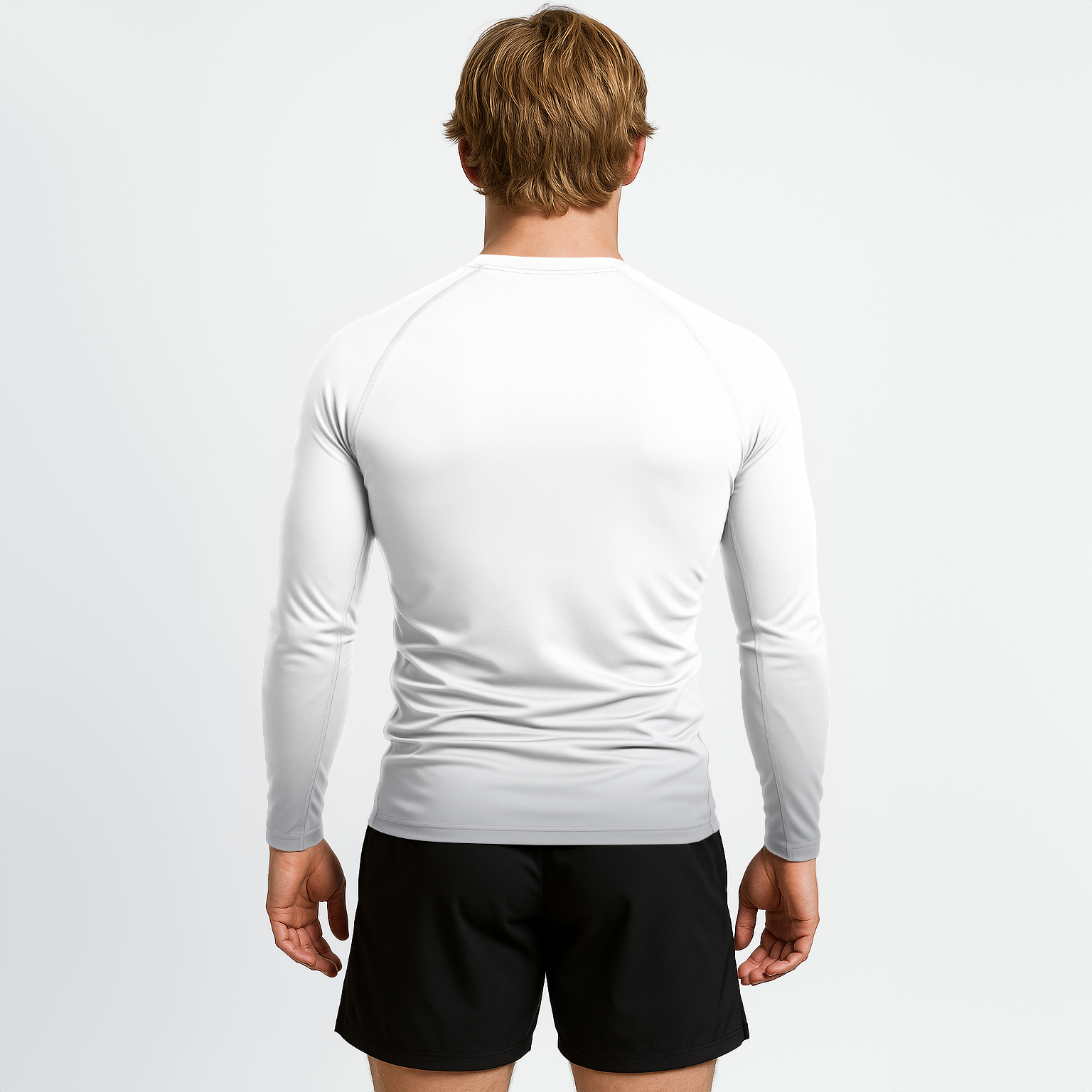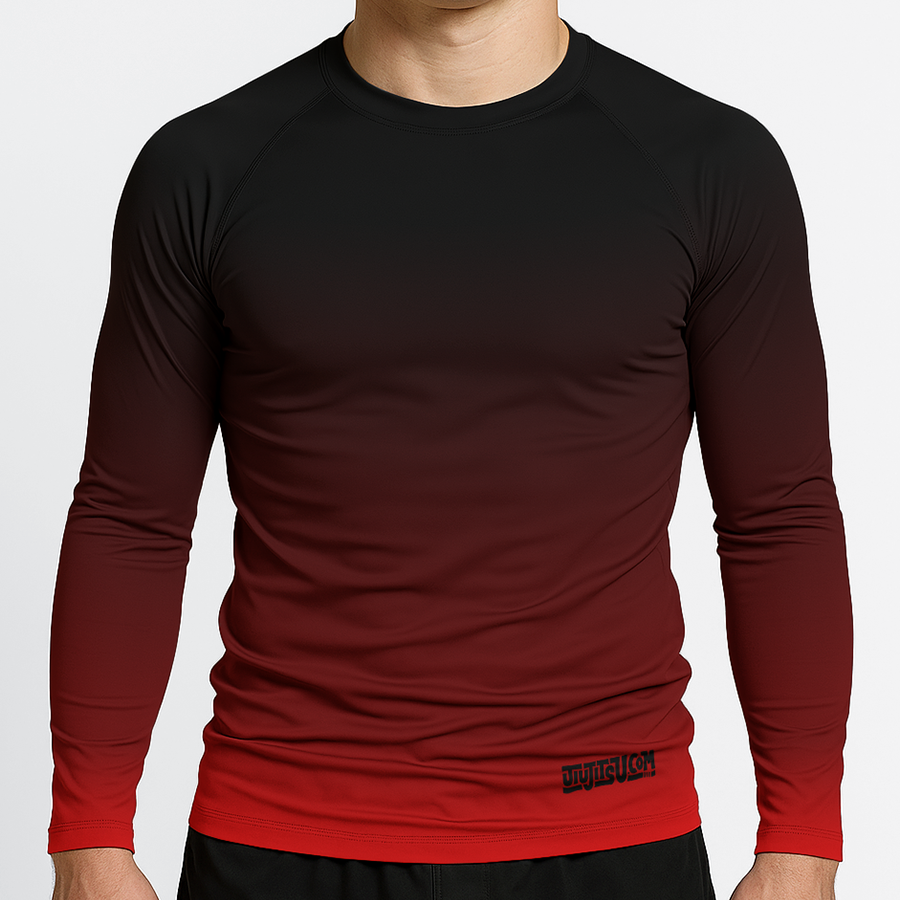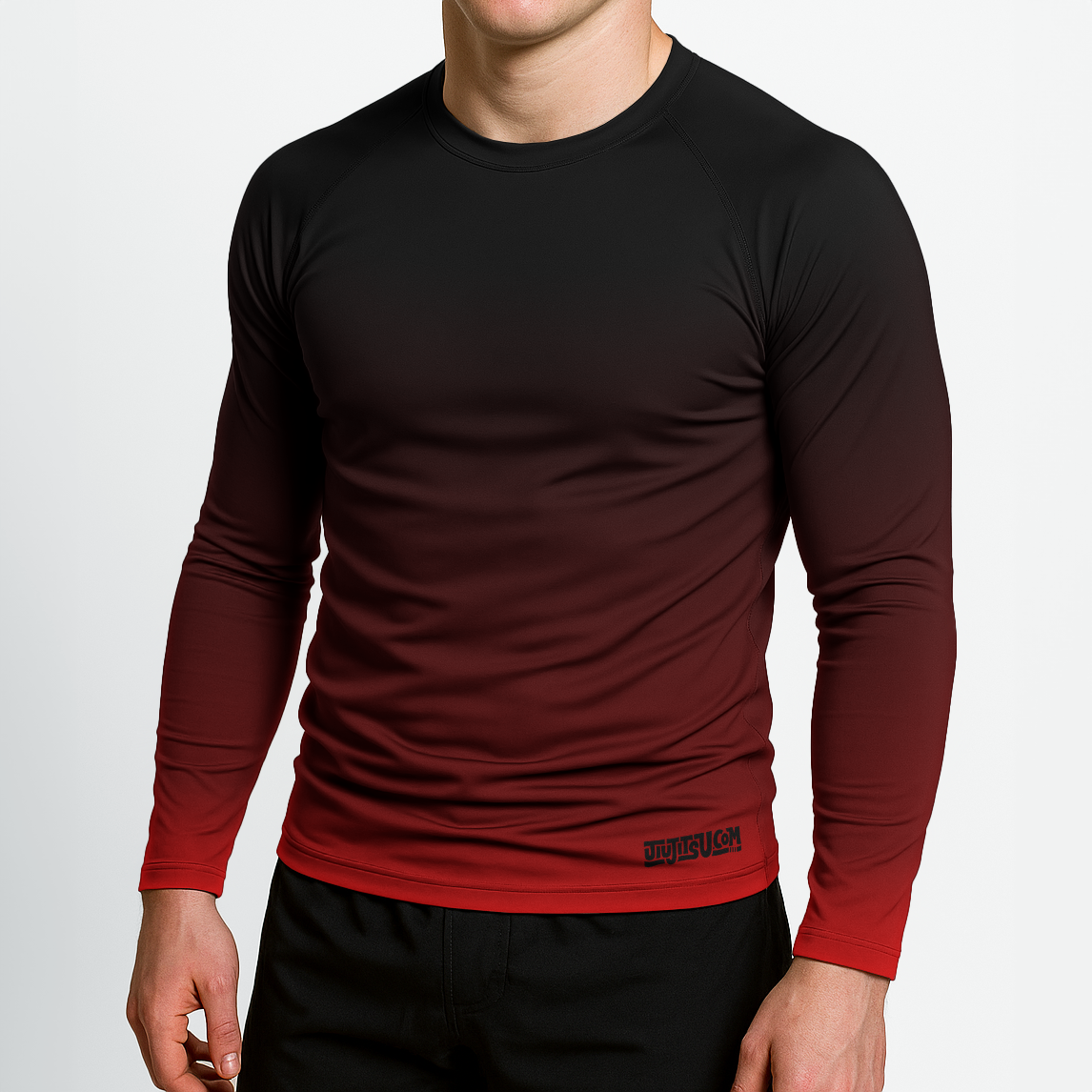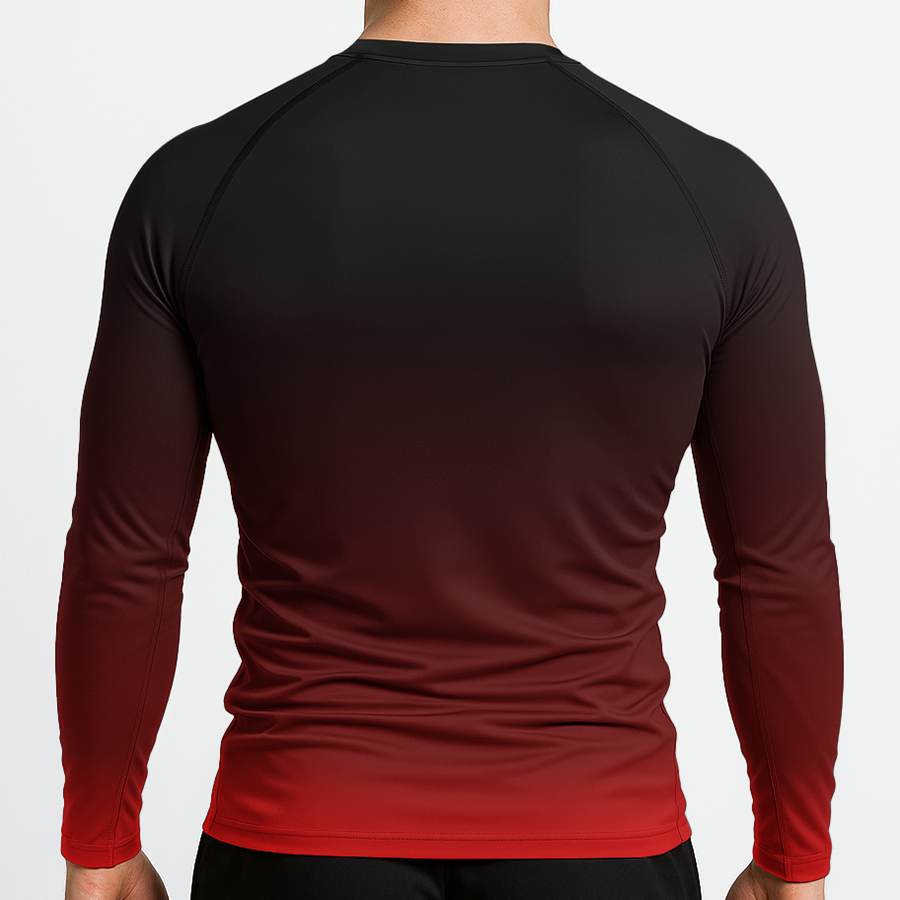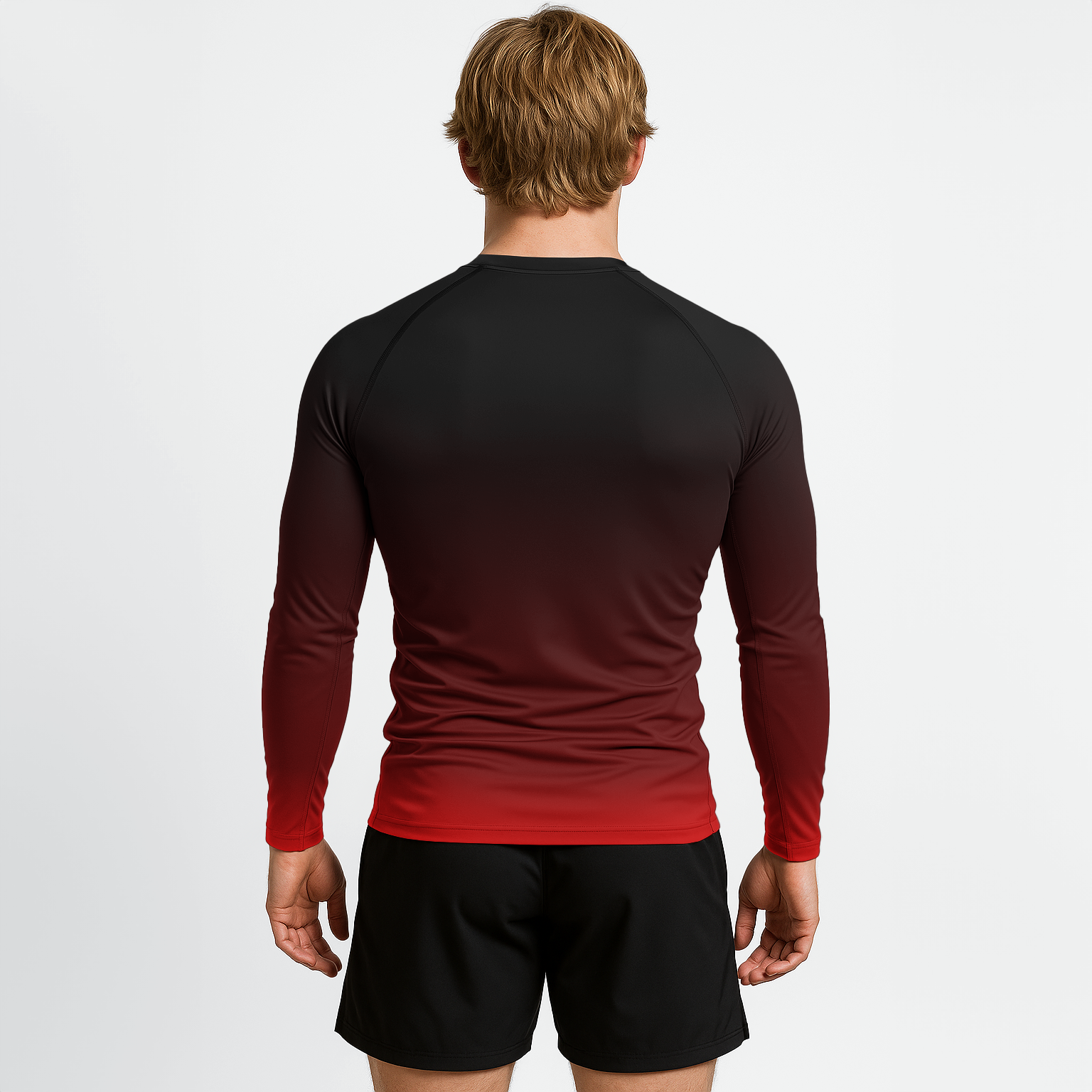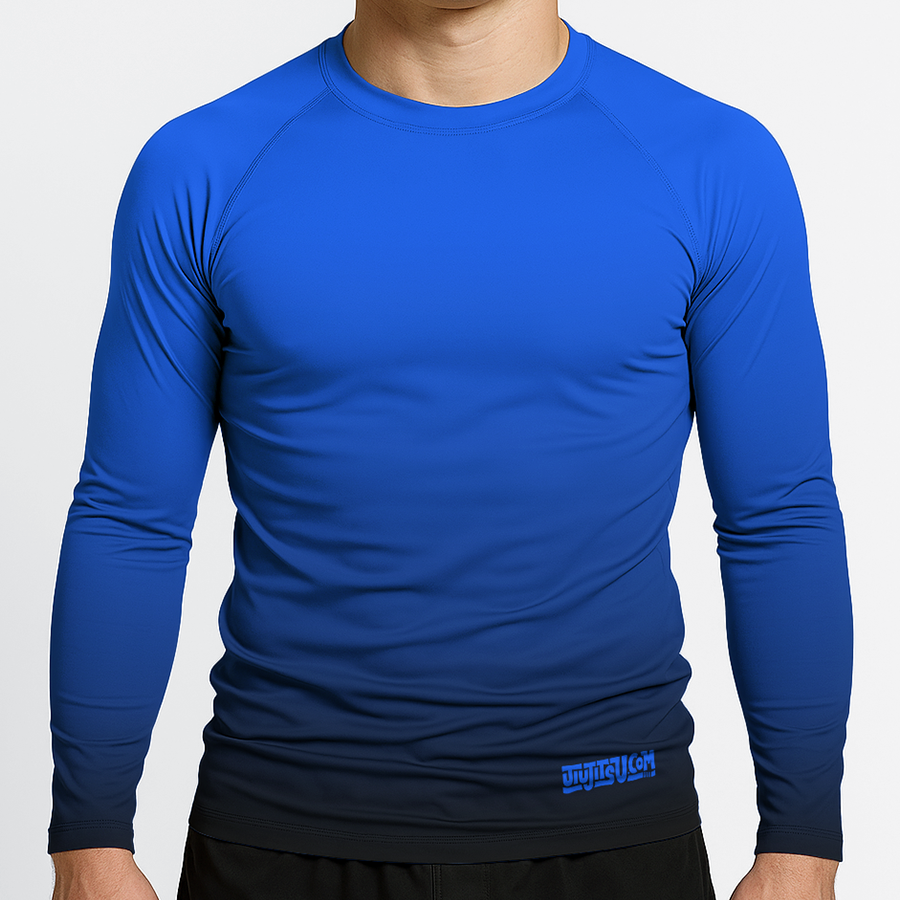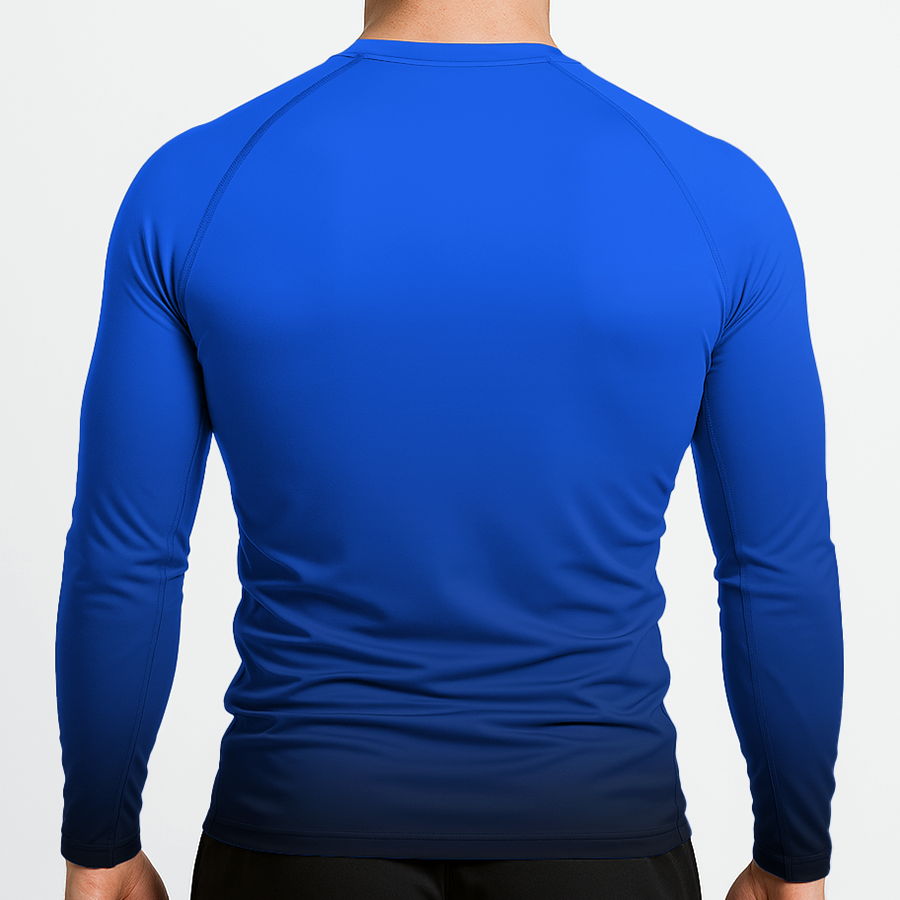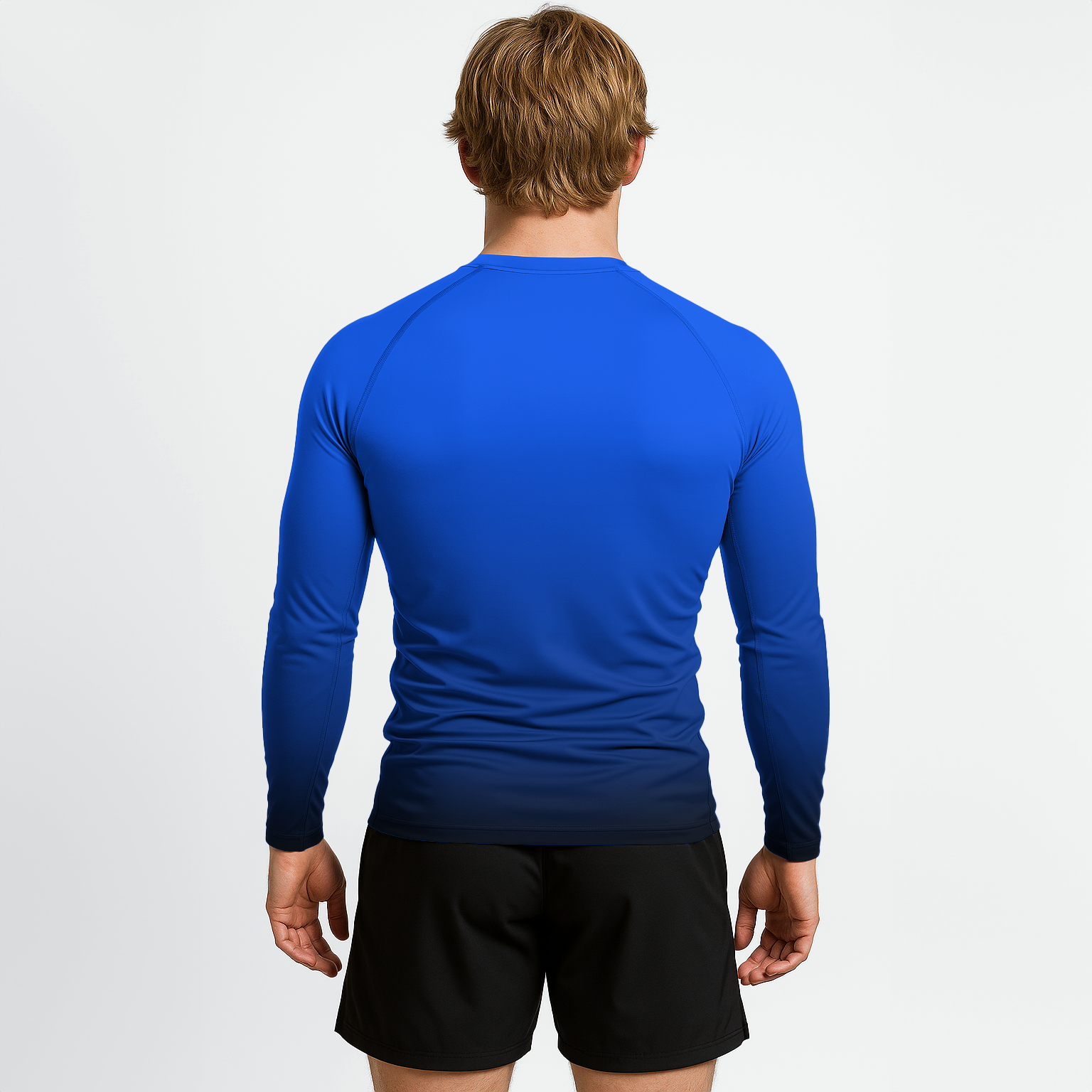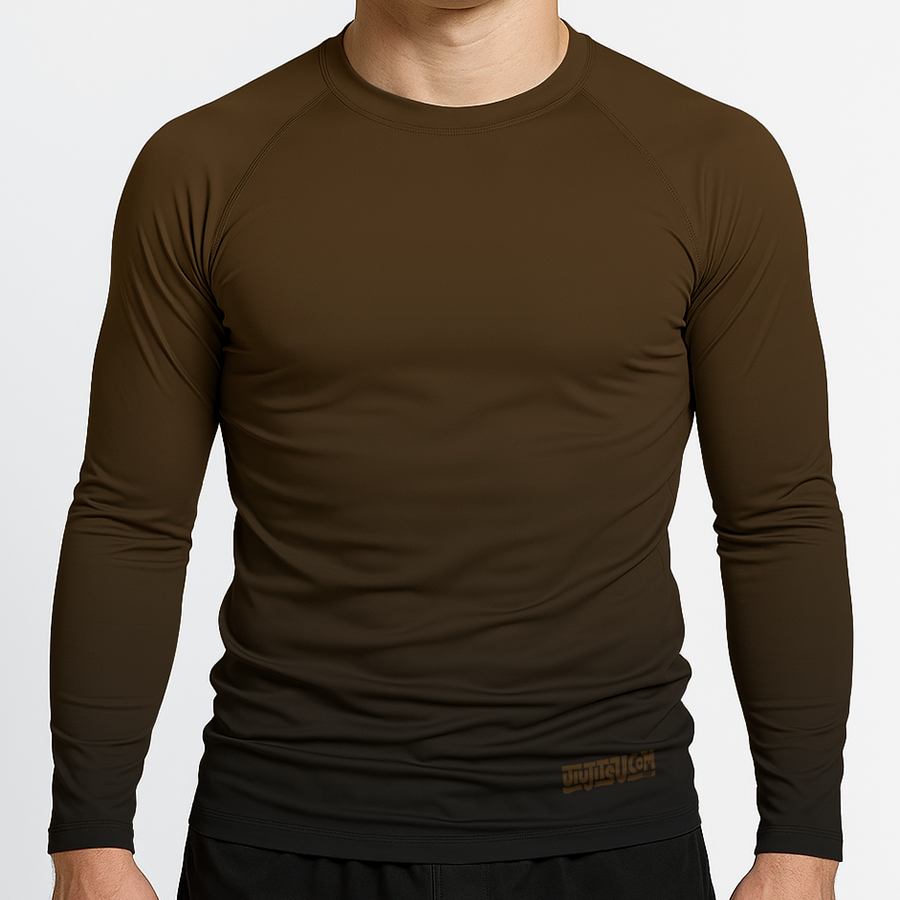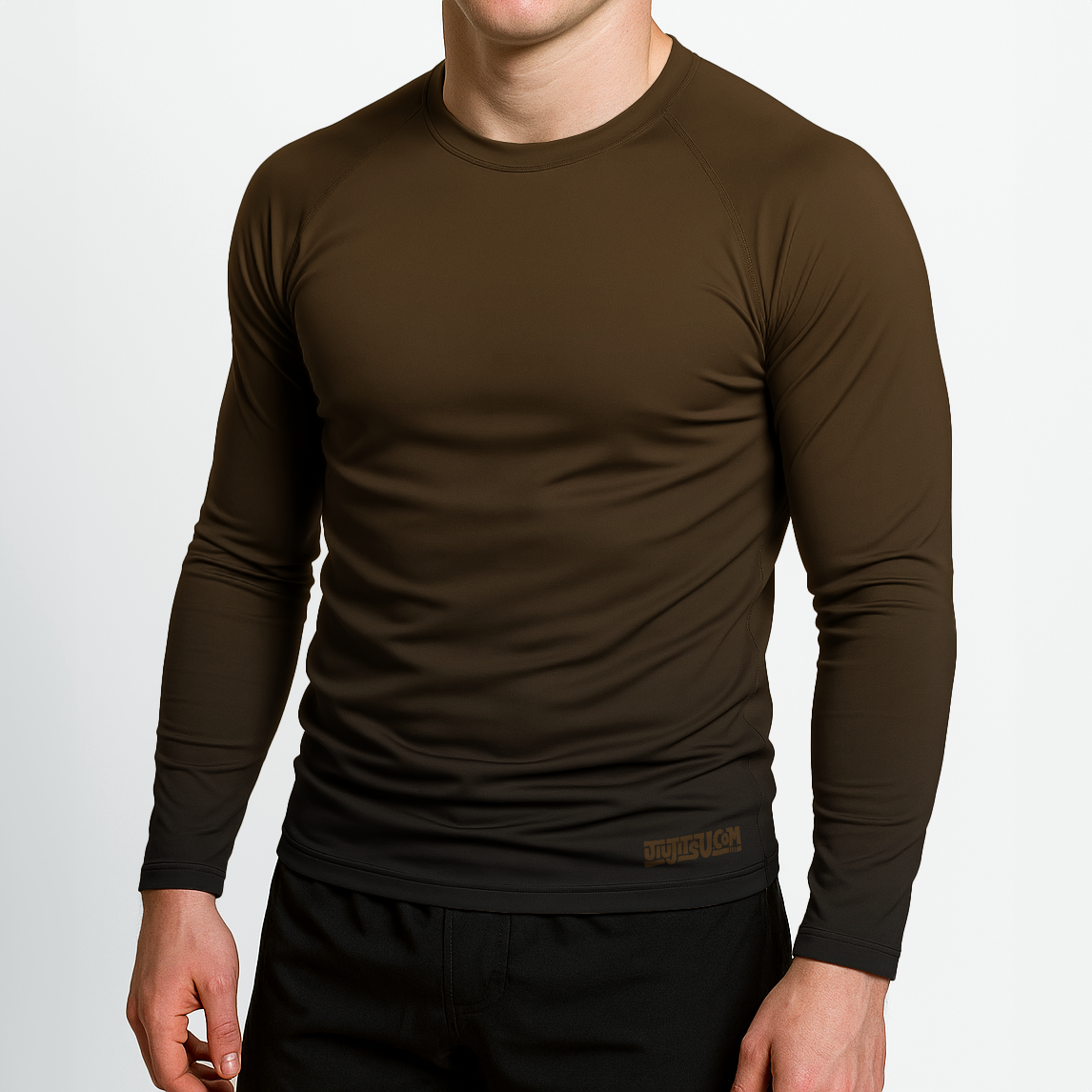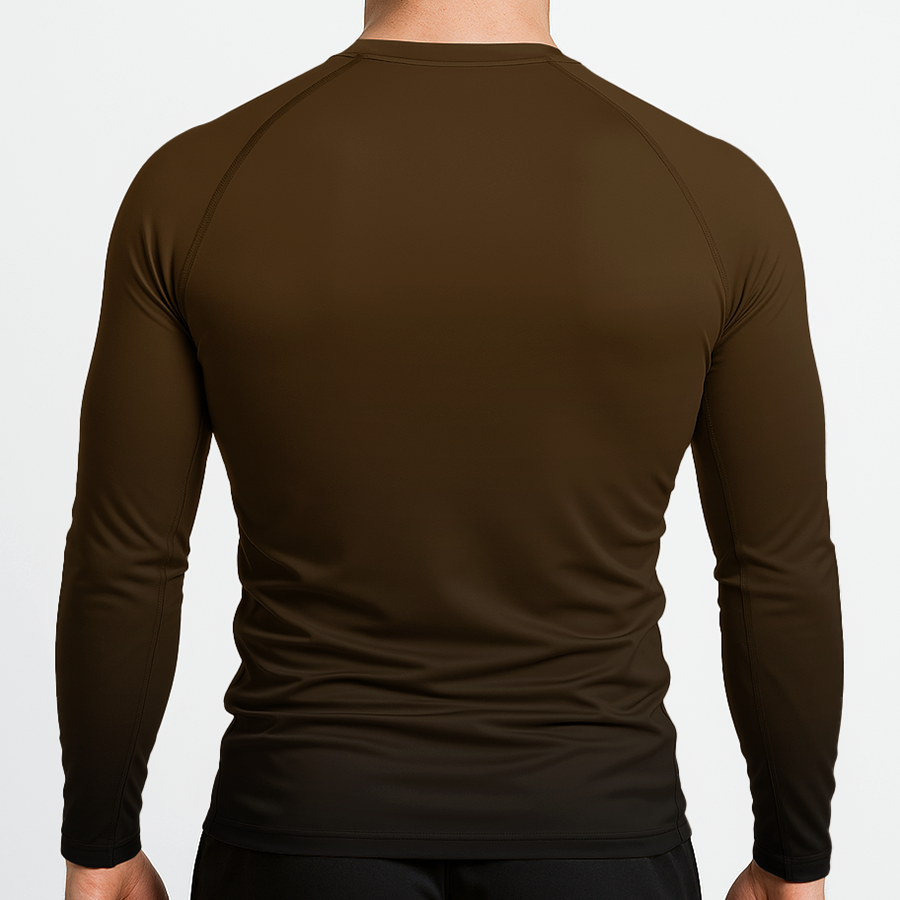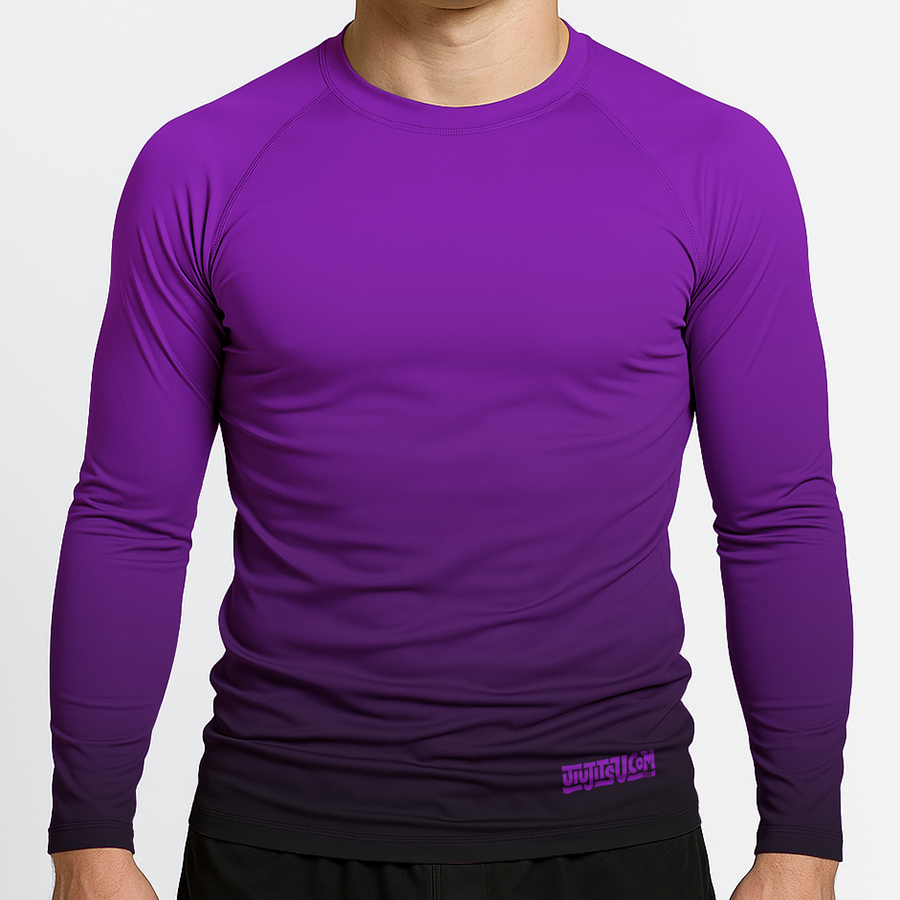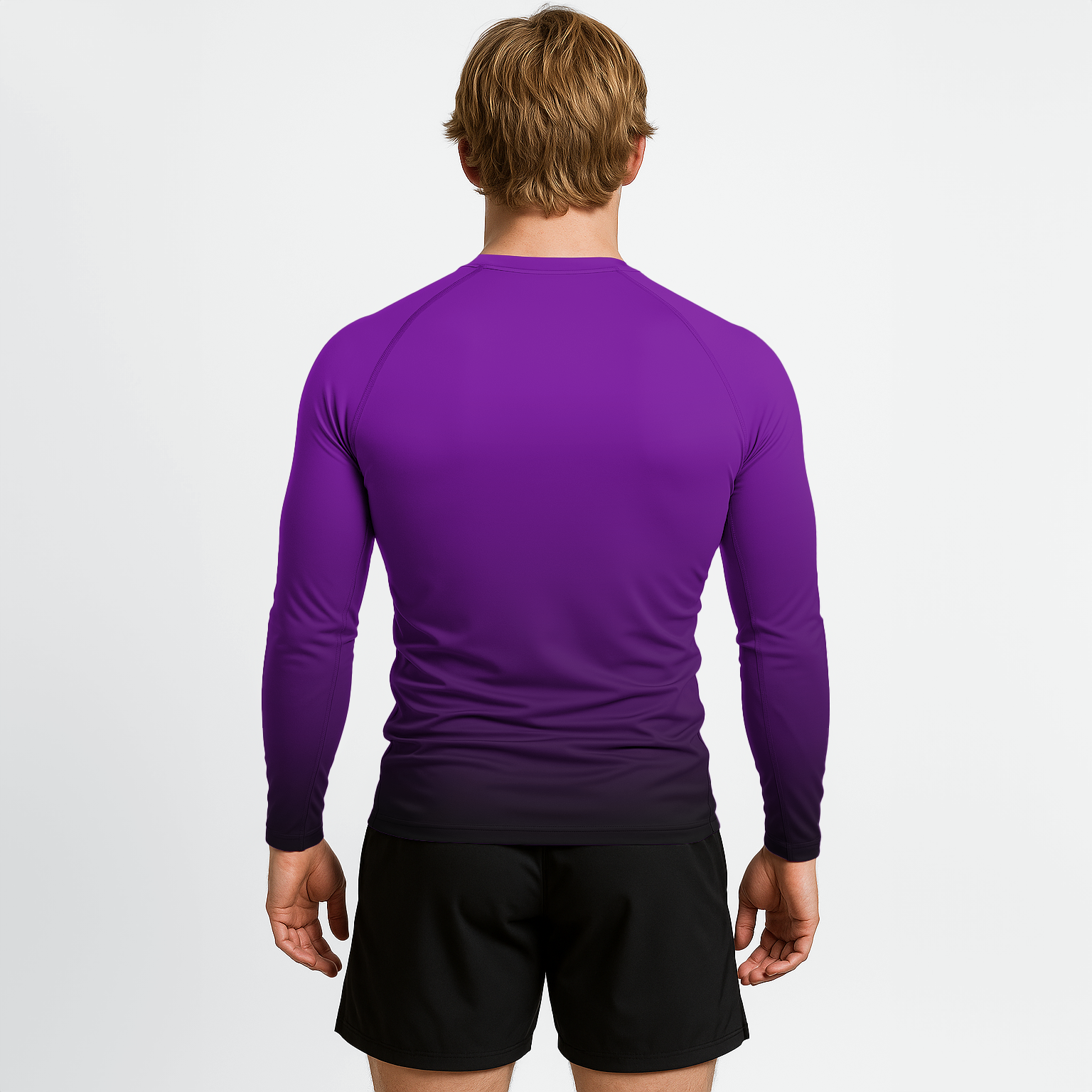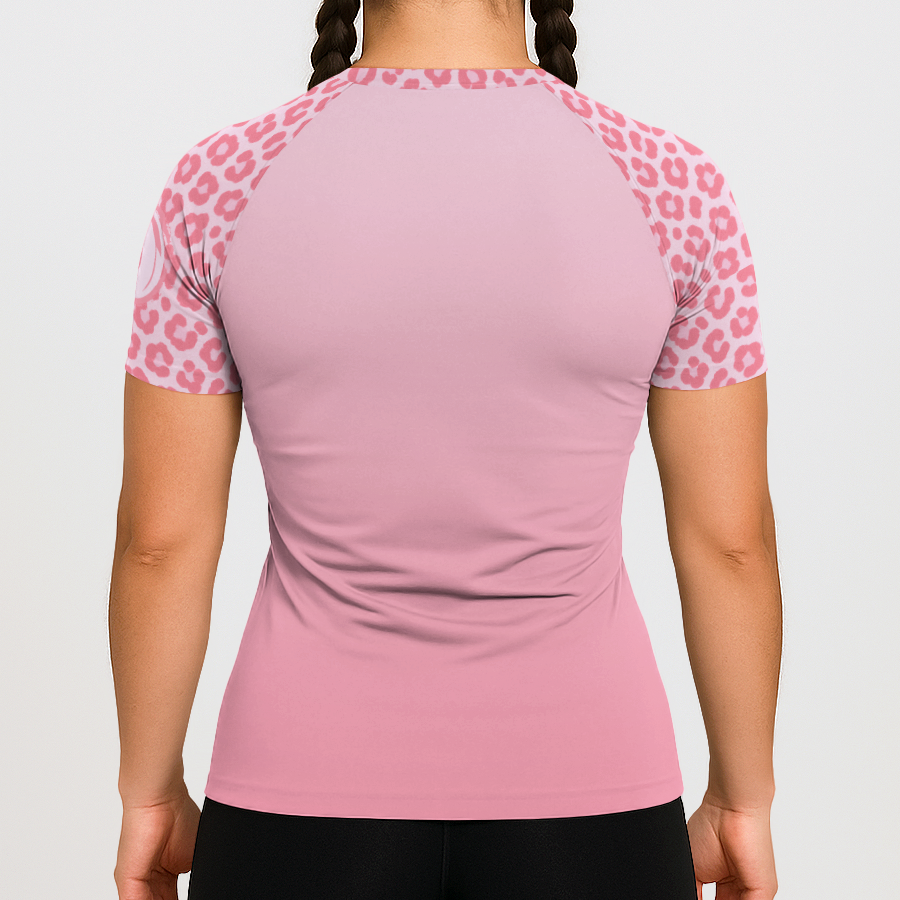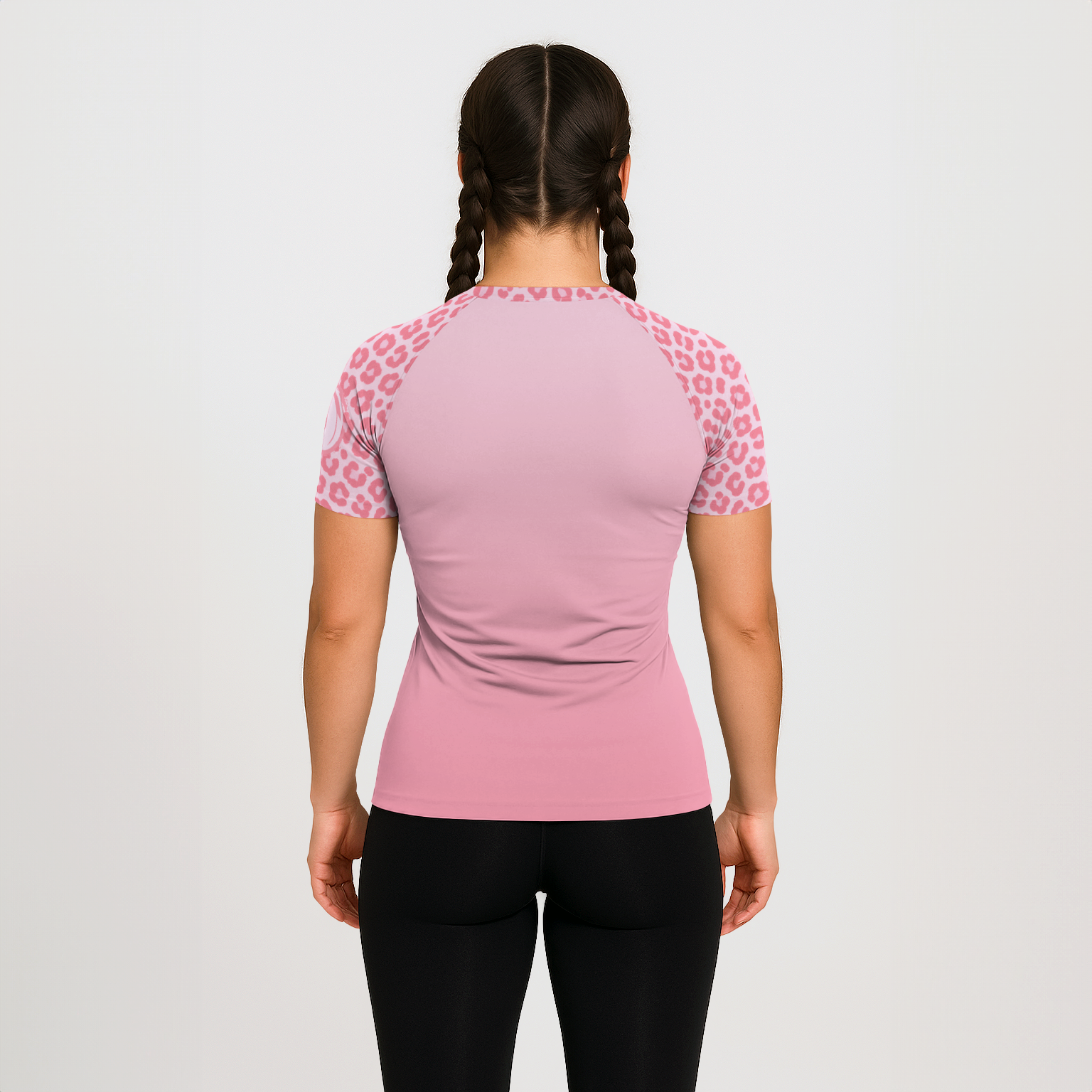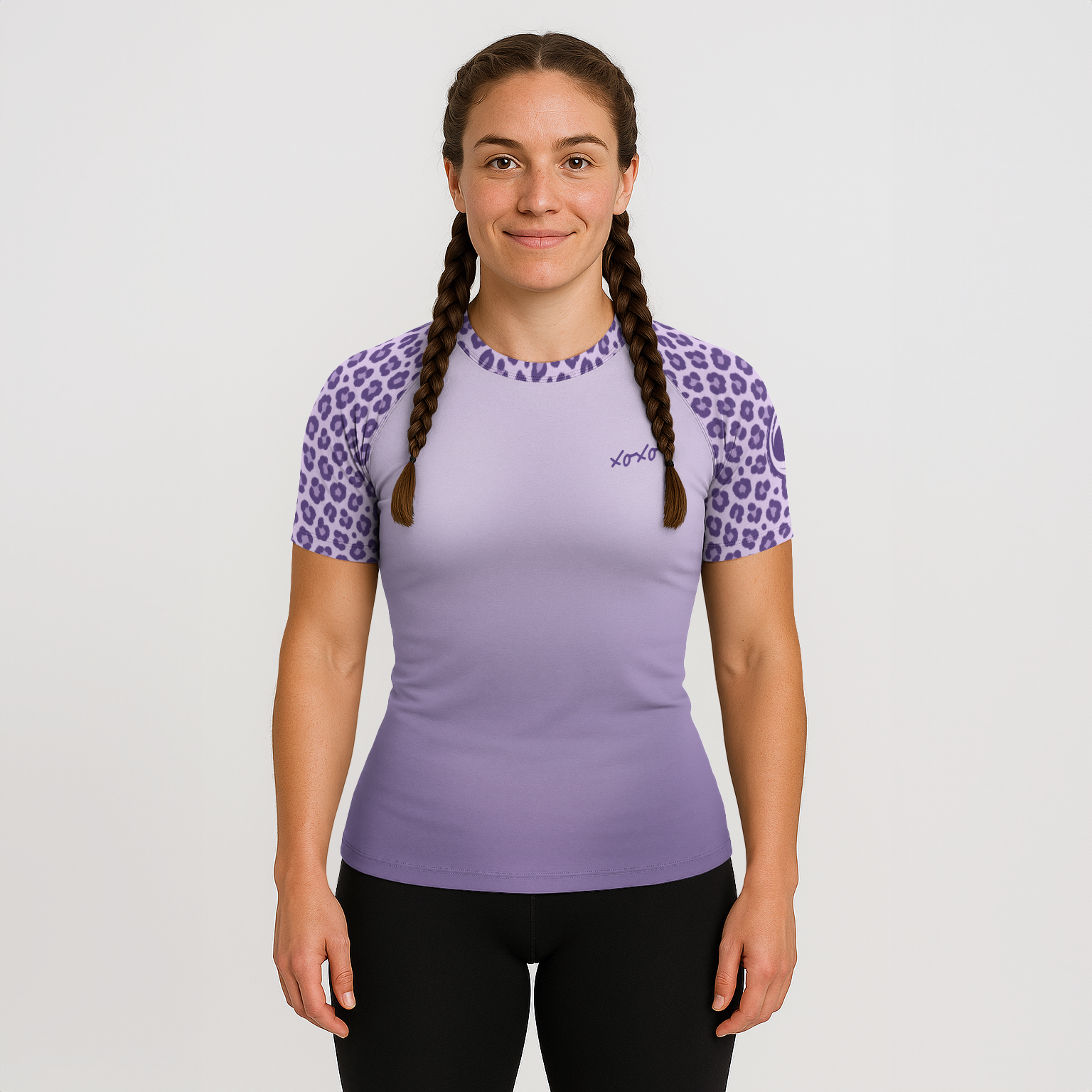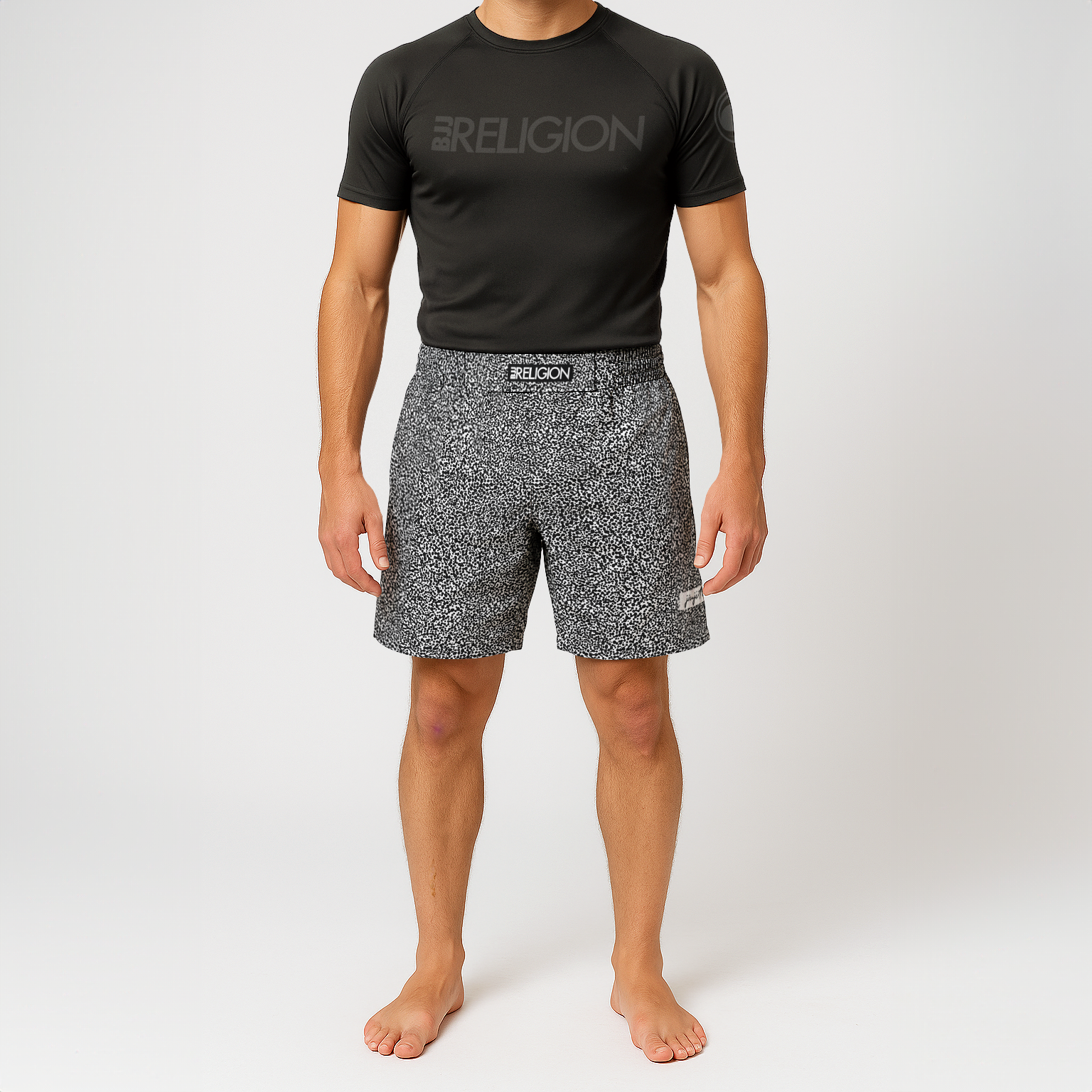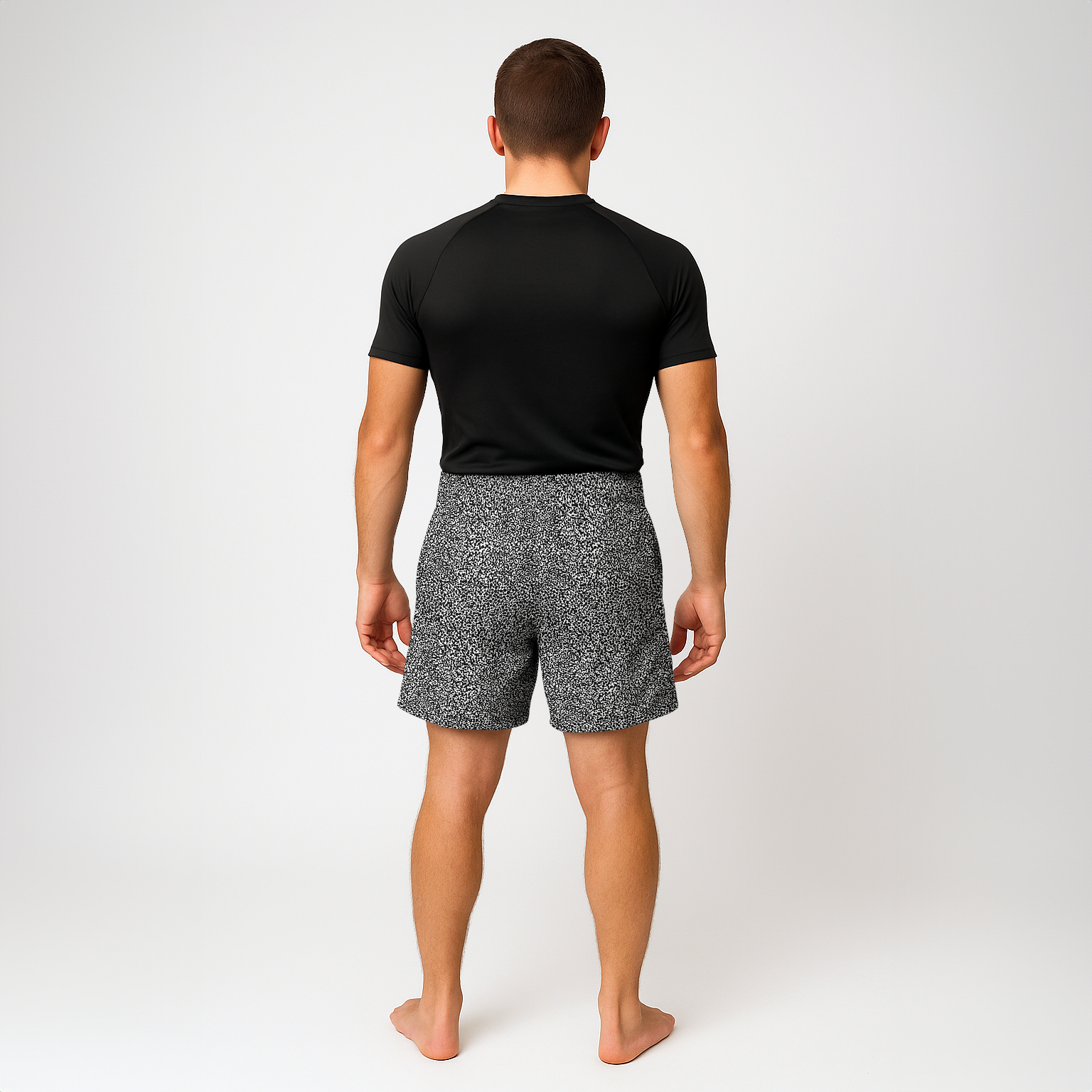3 Kettlebell Exercises For BJJ
When it comes to the best functional strength and conditioning, kettlebell training is at the top of the list. Long popular with Brazilian Jiu Jitsu athletes, kettlebells offer a diverse range of exercises that increase strength, power, mobility, and conditioning.
While there are many tools available for strength and conditioning, adding kettlebell training to your routine is an excellent way to improve your athleticism for Jiu Jitsu.

With so many exercises available, you might feel overwhelmed when planning a routine. While all kettlebell exercises have benefits, the beauty of kettlebell training lies in its simplicity. You only need a few exercises to put a routine together that will deliver results.
Over time, you can branch out into additional exercises as you see fit. The following are the 3 top kettlebell exercises to help your BJJ. These exercises are simple to learn but immensely helpful for delivering functional strength, conditioning, and mobility.
- Kettlebell goblet squat
- Turkish Get-Up
- Kettlebell swing
Kettlebell Goblet Squat
 The kettlebell goblet squat strengthens the hips, legs, and core. This exercise also improves general movement patterns for the squat exercise, which transfer well towards developing a strong, athletic base anytime you are on your feet. When performed properly, goblet squats lead to great improvement in performance and injury prevention.
The kettlebell goblet squat strengthens the hips, legs, and core. This exercise also improves general movement patterns for the squat exercise, which transfer well towards developing a strong, athletic base anytime you are on your feet. When performed properly, goblet squats lead to great improvement in performance and injury prevention.
To perform a goblet squat:
- Stand with your feet slightly wider than hip-width and turn your feet outward 5 to 12 degrees
- Hold your kettlebell at chest-level by the handle either bottoms up or bottoms down
- Begin the movement by bending at the knees and sticking your hips backwards as your lower down
- Keep your knees in-line with your feet, maintain a neutral, braced spine, and keep your chest upright as your sit between your legs
- Go as low as you can without rounding your spine, caving your knees, or leaning forward with your torso
- Once you have reached the bottom, drive evenly through both feet to return to the top position.
- Start with 3 sets of 10 repetitions to get a good workout as you learn to master the movement
Turkish Get-Up
 The Turkish Get-Up builds isometric strength, improves mobility, and reduces injury risk in the shoulders and hips. The primary idea with the Turkish Get-Up is to go from lying on your back to standing up while holding a heavy weight above your head.
The Turkish Get-Up builds isometric strength, improves mobility, and reduces injury risk in the shoulders and hips. The primary idea with the Turkish Get-Up is to go from lying on your back to standing up while holding a heavy weight above your head.
The Turkish Get-Up also develops familiarity with having the kettlebell racked across your palm, which is a key position in more advanced kettlebell movements.
The Turkish Get-Up has multiple phases. Each phase contains movements that transfer to situations in BJJ. For example, when you must build up your base from a position on your back – such as during a technical stand-up.
To perform the Turkish Get-Up:
- Begin on your back with a kettlebell on one side of your body at chest-level
- Roll onto your side towards the kettlebell
- Grasp the kettlebell handle diagonally across your palm
- Pull the kettlebell up onto one side of your chest while returning to your back
- Carefully press the kettlebell up using the arm on the same side as the kettlebell and the other hand reinforcing the inside of your grip
- When your arm is extended straight above your chest, shift your weight to the opposite hip and lift the kettlebell-side shoulder off the ground
- Bring the foot on the kettlebell side in towards your hips and push through this foot to build up to your opposite elbow while keeping your other leg straight
- Build up from your elbow to your hand
- Lift your hips by pushing through your foot and opposite hand while keeping the kettlebell extended above you.
- Sweep your straightened leg under your hips to switch your base and come to a quarter-lunge position
- Windshield-wiper your bottom leg into a lunge position and stand all the way up
Your eyes should be looking up at the kettlebell until you enter the final stand-up of the movement, at which point you should look forward. From here, reverse the movement step-by-step to return to the ground.
The Turkish Get-Up takes practice to master. Begin with no weight or an exceptionally light weight before attempting the exercise with heavier weight.
The Kettlebell Swing
 When it comes to training your hips to be both explosive and conditioned, the kettlebell swing is one of the best exercises around.
When it comes to training your hips to be both explosive and conditioned, the kettlebell swing is one of the best exercises around.
The kettlebell swing is a form of explosive hip-extension training. As you probably know, explosive hips are required in many BJJ techniques, including basic movements such as bridges and hip-escapes.
The kettlebell swing also strengthens your core, lower back, and upper body due to the stabilization requirements that come from swinging around a cannonball with a handle.
To perform a kettlebell swing:
- Begin with in a hip-width stance with the kettlebell in front of your feet, not between your legs
- Hinge forward by sticking your hips back and slightly bending your knees with a neutral spine position
- Tighten your abs and grab the handle with a loose but secure grip
- Hike the kettlebell backward between your legs for the initial backswing
- Explosively extend your hips, squeeze your glutes, and swing the kettlebell forward
- When the kettlebell passes your knees, tighten your abs to stop your torso and spine from moving, your spine should stiffen up, avoid arching your back or sticking your gut towards the kettlebell
- Once the kettlebell reaches its maximum height, hike the kettlebell backward just like you did from the floor on the first repetition
- Repeat the movement for the number of reps in the set
As with the goblet squat, start with 3 sets of 10 repetitions. Eventually, you can combine both the squat and the swing into a circuit to increase the cardio demand of the workout.
Picking the Right Starting Weight
You should begin with a kettlebell suitable for your size, weight, and strength. For individuals new to training with kettlebells, the following guidelines should give you a good estimate for the right kettlebell. Note that good kettlebells typically come in kilogram increments, which results in weird weight numbers when converted to pounds.
- Men up to 125lb and women up to 145lb – start with an 8kg (roughly 18lb) kettlebell
- Men up to 165lb and women up to 175lb – start with a 12kg (roughly 26lb) kettlebell
- Men up to 195lb – start with a 16kb (roughly 35lb) kettlebell
- Men above 195lb – start with a 20kg (roughly 44lb) kettlebell
As you get stronger, you will eventually graduate to the next weight. You can always decrease or increase the weight you use if the guidelines feel too easy or hard.
Basic Kettlebell Routine
When learning the movements, it’s best to do just a few sets of each exercise and really focus on the technique before increasing the weight or adding high numbers of repetitions. The most important aspect of training is developing the proper movement patterns that will prevent injury and lead to long-term strength and conditioning development.
To begin, perform 3 sets of 10 goblet squats and 3 sets of 10 kettlebell swings twice per week, and 3 Turkish Get-Ups on each side twice per week on separate days from you squats and swings.
Each week add an additional set. After 4 weeks, you should be up to 6 sets of swings and squats, and 6 get-ups on each side.
Once you can perform those requirements with ease, grab a kettlebell in the next weight class and repeat the process, starting with 3 sets of 10, for continued strength and conditioning development.
Kettlebells for BJJ
These exercises and starter routines are the tip of the kettlebell training iceberg.
If you find benefit from this training, you can look into more advanced techniques such as kettlebell cleans and snatches to take you strength and conditioning for BJJ to the next level.





















